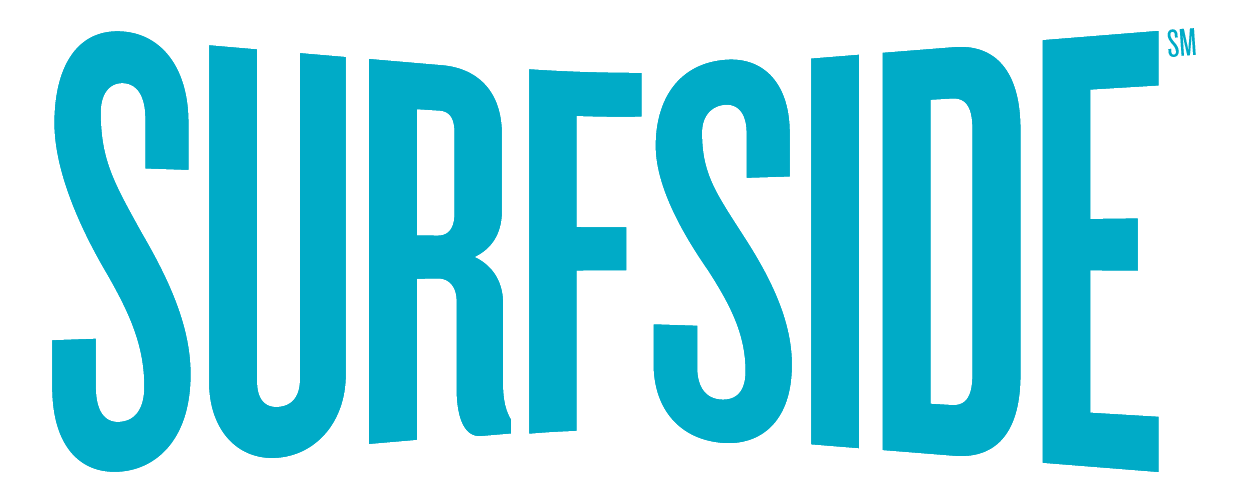Helping Kids Adjust to New Braces
Adjusting to New Braces: What to expect and how can you help your child manage the changes
Deciding to invest in braces for your pre-teen or teen is not an easy choice to make. But now that you are finally doing it, there are some things that you need to know so that adjusting to new braces will not be so difficult for you or your child. To ensure that your teeth stay healthy and white and that the orthodontic treatment will produce the best outcome, make sure to follow Surfside’s suggested braces care guidelines.
Here are some of the changes you can expect, as well as some tips that can help you manage the adjustment period.
Adjusting to your new braces
The main purpose of braces is to move your child’s teeth to a straighter position and this means putting the right amount of pressure on them over the right amount of time. Thus, expect that your child will experience some discomfort, but keep in mind that each person perceives comfort, or lack of it, differently. Don’t worry, as the discomfort will only last for two to four days after each adjustment. Braces also need to be adjusted regularly, so you’ll need to prepare your schedule for regular visits to the dentist. If you are a working parent, be sure to discuss your schedule with your Orthodontist and employer to create the easiest schedule for everyone.
Sores in the mouth
Metal braces can sometimes lead to sores inside your mouth during the adjustment period. If your child does experience this, you could ask your Orthodontist for some orthodontic wax that will be applied to cover your child’s braces and serve as a shield for their mouth. Eventually, your mouth will become more used to the braces, and the sores should go away. Surfside Special Tip: Keep a dental mirror in your bathroom cabinet so that you can easily see what is happening in and around your child’s mouth before you call in a concern.
Dietary limitations
- Your pediatric dentist will provide you a list of foods that your child can’t eat after your braces have been adjusted. Most items on the list will be fine to eat after a week or so, but some will need to be totally removed from your child’s diet in order to protect the braces as well as your child’s teeth. Here are some of the foods that you should avoid keeping in your pantry until the day your braces come off:
- Nuts
- Chunky peanut butter
- Hard and sticky candy
- Hard taco shells
- Popcorn
- Corn on a cob (you can slice the kernels off the cob to eat them)
Surfside Special Tip: Be supportive of your child by not eating these things in front of them. It’s a small sacrifice they will appreciate!
Cleaning teeth with braces
With braces, it is more challenging to brush and clean those teeth. Food particles may get stuck in between the brackets, while some parts of the teeth covered with braces may become hard to reach. If your child does not brush and floss properly, their teeth will be prone to cavities and tooth decay.
So how should you encourage your child to clean their teeth now that he/she has braces?
- Before brushing, have them rinse their mouth with water so that food that got stuck in between their teeth will loosen.
- Have them start brushing from the gums at a 45-degree angle.
- Clean the brackets by putting your brush on the top of the brackets, angling down.
- Then have them do the same thing when brushing the lower bracket but holding the brush using an upward angle.
Having braces may seem like a lot of work, and it can be at first for both parents and kids. But the new routine becomes easier as you all get used to it. Wearing braces, complemented with diligent hygiene and the help of your dentist, will surely reward you with a great return on your investment which is straight, beautiful and healthy teeth. There is nothing more special than seeing our children smile, so be sure to keep the big picture in mind!
Until next time, hang loose surfers!




